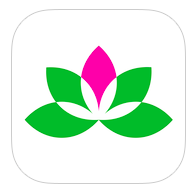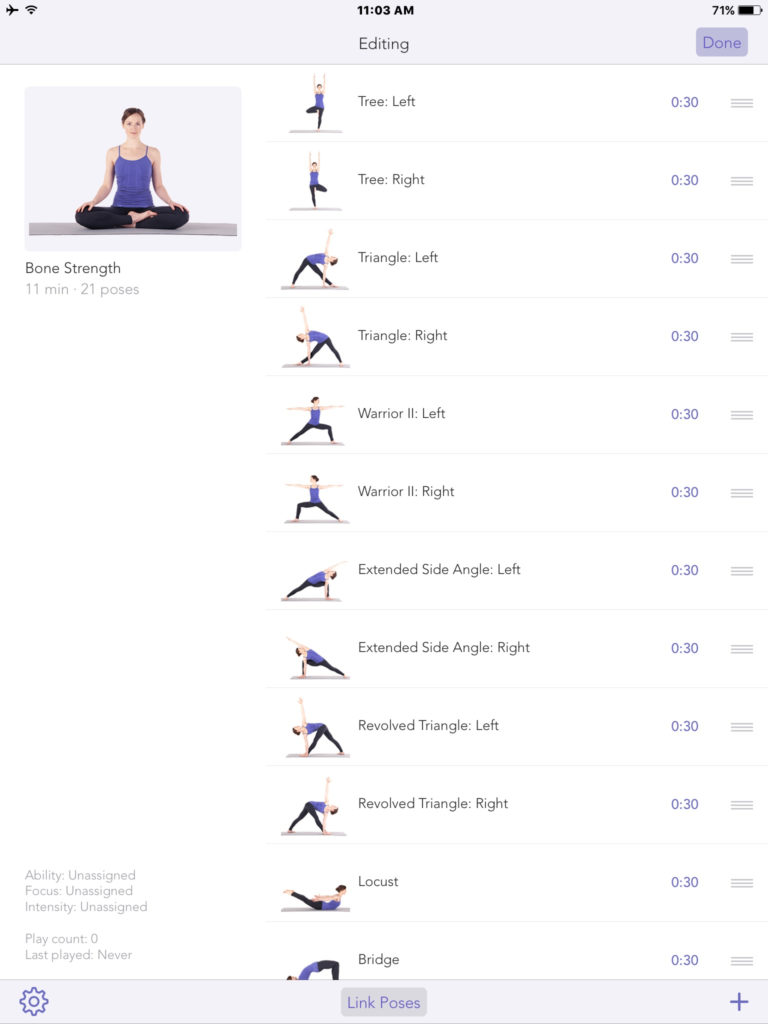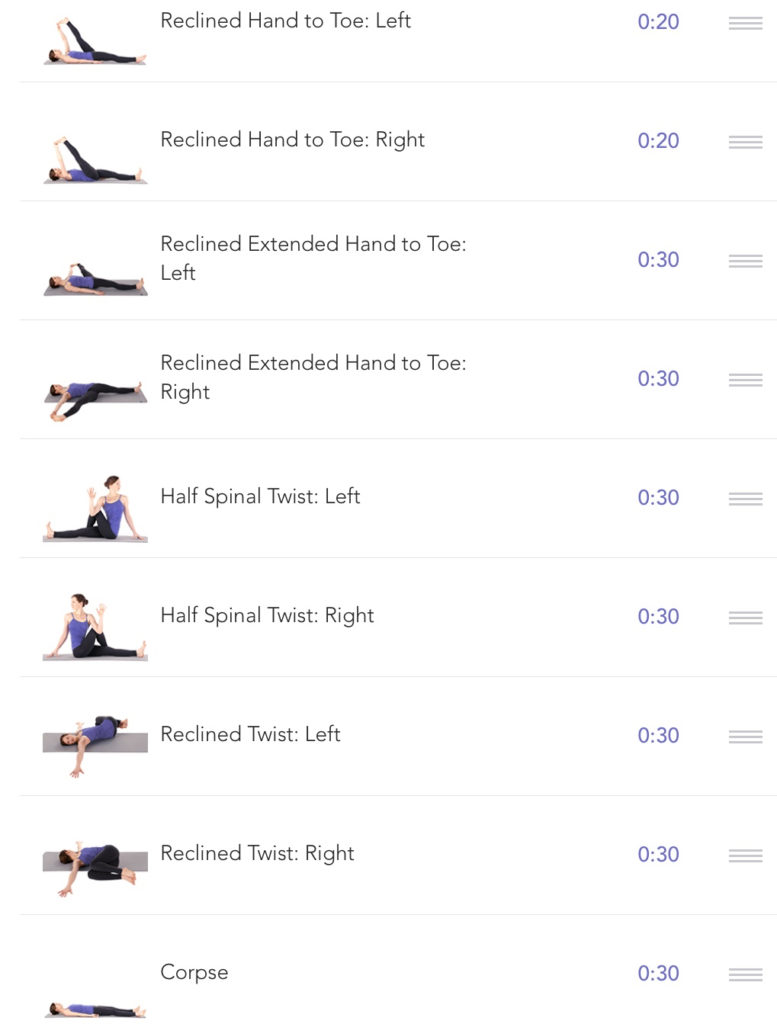Update: This month, the app switch to a subscription format without warning. If you had purchased the app previously, it was supposed to allow you to revert. Unfortunately, that feature didn’t work for me and it deleted all of my routines. I searched their website, but couldn’t find any customer support, so I am done with the Yoga Studio app. However, I am still using this yoga routine and am very pleased with it.
It is a common belief among medical professionals that it is very difficult or even impossible for adults to gain significant bone mass. Therefore, a post written by written by Jane E. Brody on the New York Times’ Wellness blog brings surprising and encouraging news.
The post, dated December 21, 2015 is titled 12 Minutes of Yoga for Bone Health . It discusses an initial study, and its ten-year follow up study. Both had participants complete a 12-pose yoga routine daily or at least every other day for a decade. The average age of the 227 participants upon joining the study was 68, and 83 percent had osteoporosis or its precursor, osteopenia. The results of the study were impressive.
The findings, as reported last month in Topics of Geriatric Rehabilitation, showed improved bone density in the spine and femur of the 227 participants who were moderately or fully compliant with the assigned yoga exercises.
Improvements were seen in bone density in the hip as well, but they were not statistically significant.
Now that I am on summer vacation, I dug out the article from my Pinterest boards and read through it more thoroughly. Although I do not currently practice yoga, I have practiced it almost daily for much of my adult life. I found the idea of increasing bone density while also reaping the other benefits of yoga appealing.
To help me with the routine, I decided to pull up the highly rated Yoga Studio app on my iPad. I had gotten the app when it went free; it usually cost $3.99.

One feature of the app is to create custom routines. So, I set up a “class” of the poses listed in the article. All of the poses were in the app, but some of them went by different names. Fortunately, I had also found this Lifehacker.com article regarding the same study. It showed photos of each pose and included their Sanskrit names. That allowed me to find each one on Youtube and it gave me alternate names for the poses. Here are screen shots so you can see the names used in the app.


Once I had the routine set up, the app let me set how long I should hold each pose (3o seconds, according to the article), and it even lets me schedule the sessions and adds them to my calendar.
The app does have written descriptions of each pose, but those are not visible during the routine. Since I am not currently working with an instructor, I wanted a refresher on how to perform the poses. While I was looking them up on YouTube, I created the playlist below to help me learn the poses. The playlist runs approximately 46 minutes.
If you give it a try, let me know how it goes for you.

This is fantastic, Susan. Thank you!